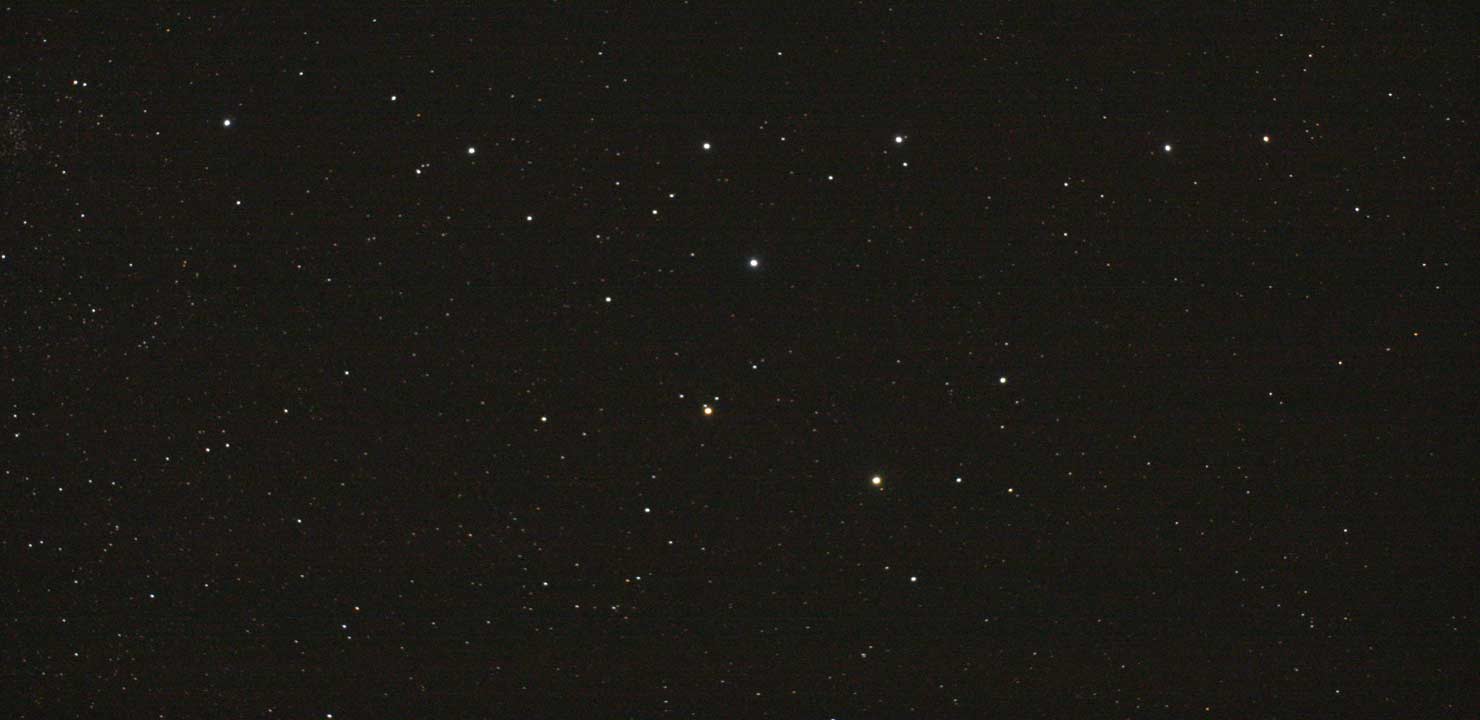The Sky in September
September Constellations & Folklore
By Francine JacksonObserving Projects for September
Cygnus the Swan
: By Dave HuestisSome Bright Autumn Double Stars
: By Glenn ChapleSome Bright Summer Double Stars
: By Glenn ChapleA Selection of Double Stars in Cygnus
: By Glenn ChapleA Selection of Double Stars in Draco
: By Glenn Chaple
A Starhop Through Scutum
: By Craig CortisA Selection of Double Stars in Andromeda
: By Glenn Chaple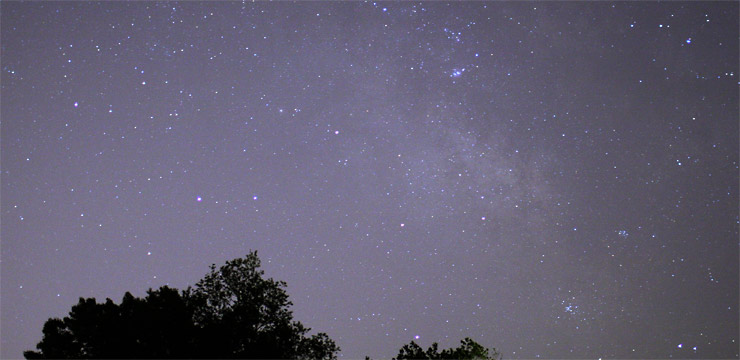
The Heart of our Milky Way Galaxy
: By Craig Cortisβ Cygni (Albireo)
: By Glenn Chaple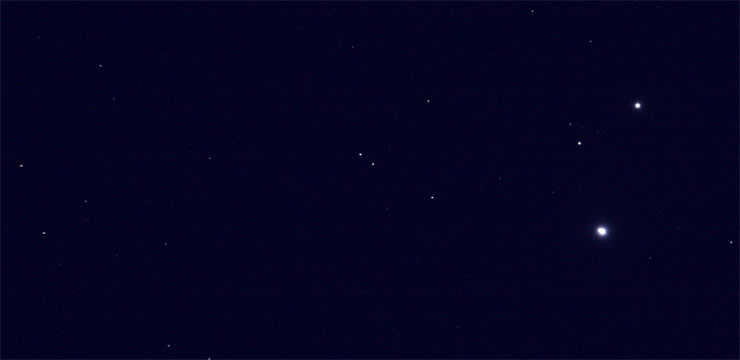
Mizar, The First Double Star
: By Glenn ChapleChaple’s Arc
: By Glenn ChapleEpsilon Pegasi: The Pendulum Star
: By Glenn ChapleCygnus X-1: A Black Hole You Can Find!
: By Craig CortisTaking the Broad View: Skywatching with your Naked Eyes
: By Craig CortisBeta Persei (Algol, the "Demon Star")
: By Glenn Chaple
NGC 7293: the Helix Nebula
: By Glenn Chaple
The “Little Big Dipper”
: By Jim HendricksonIt’s Full of Stars!
: By Dave HuestisCorona Australis & the Southern Limits of Sagittarius
: By Craig CortisA Star-Hop that Finally Worked!
: By Craig CortisThe Milky Way
: By Glenn ChapleIC 4665
: By Glenn Chaple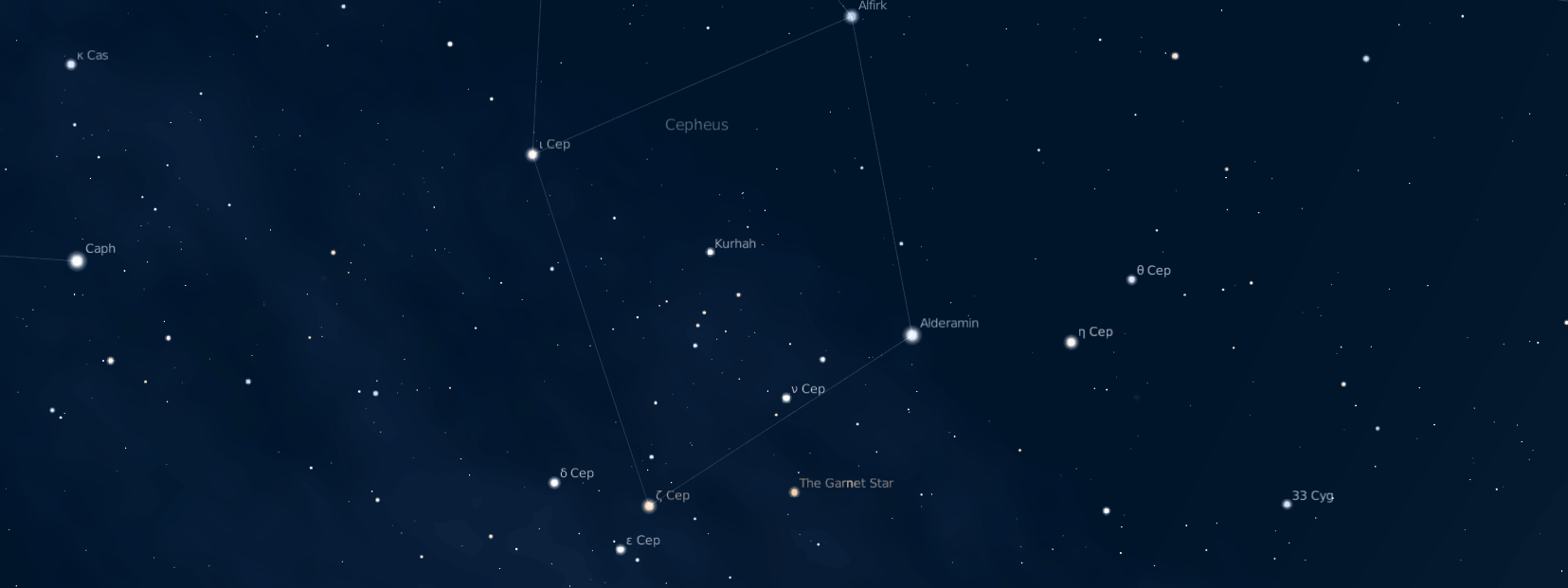
Delta (δ) and Mu (μ) Cephei
: By Glenn ChapleIzar (ε Boötis)
: By Glenn Chaple
September Constellations & Folklore
: By Francine Jackson
NGC 457 (the “ET Cluster”)
: By Glenn Chaple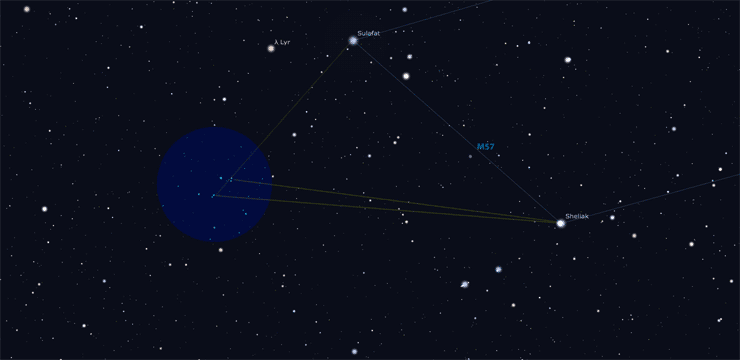
The Ships of Sheliak
: By Jim HendricksonM56: Globular Cluster in Lyra
: By Glenn ChapleObserve Delta Cephei
: By Gerry DyckAlmach
: By Glenn ChapleM33: Galaxy in Triangulum
: By Glenn Chaple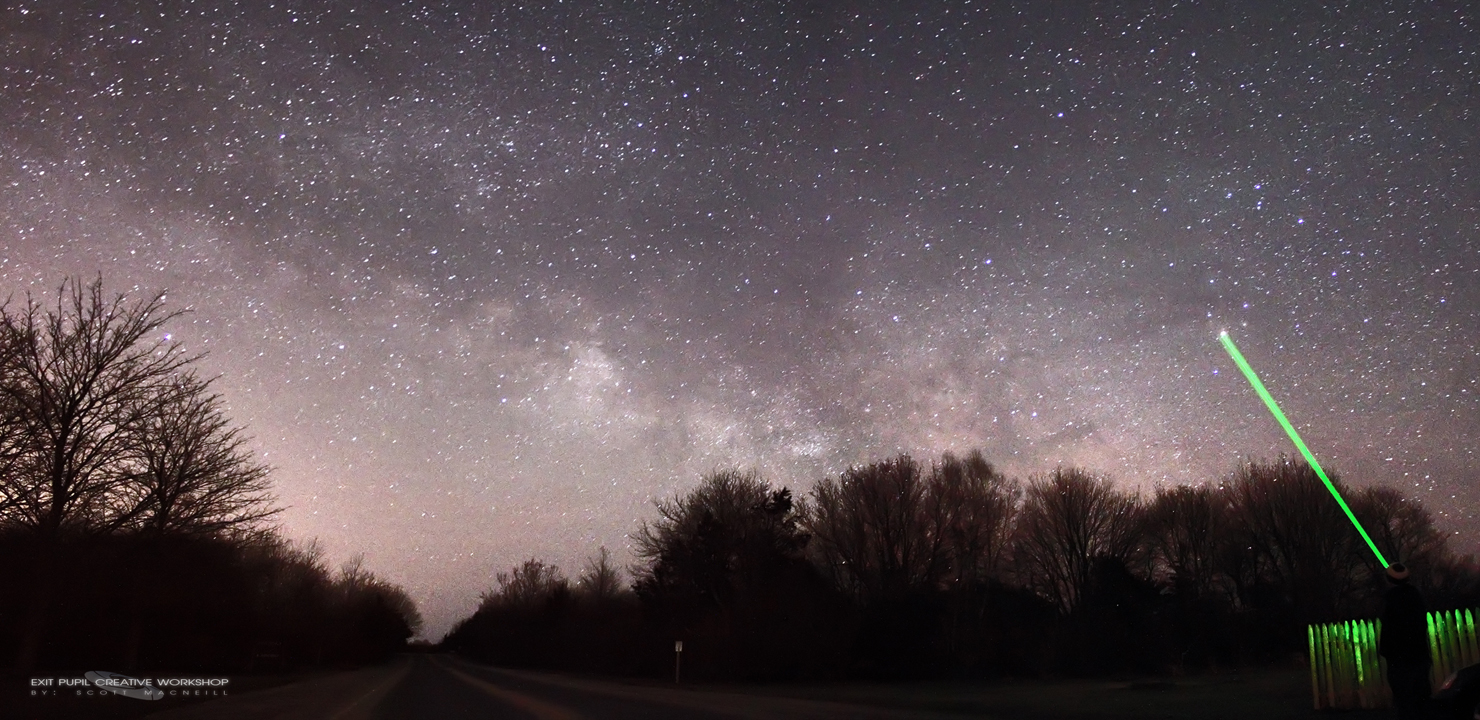
Some Treasures of the Summer Milky Way From Perseus to Sagittarius
: By Dave HuestisNGC 6939: Open Cluster in Cepheus
: By Glenn Chaple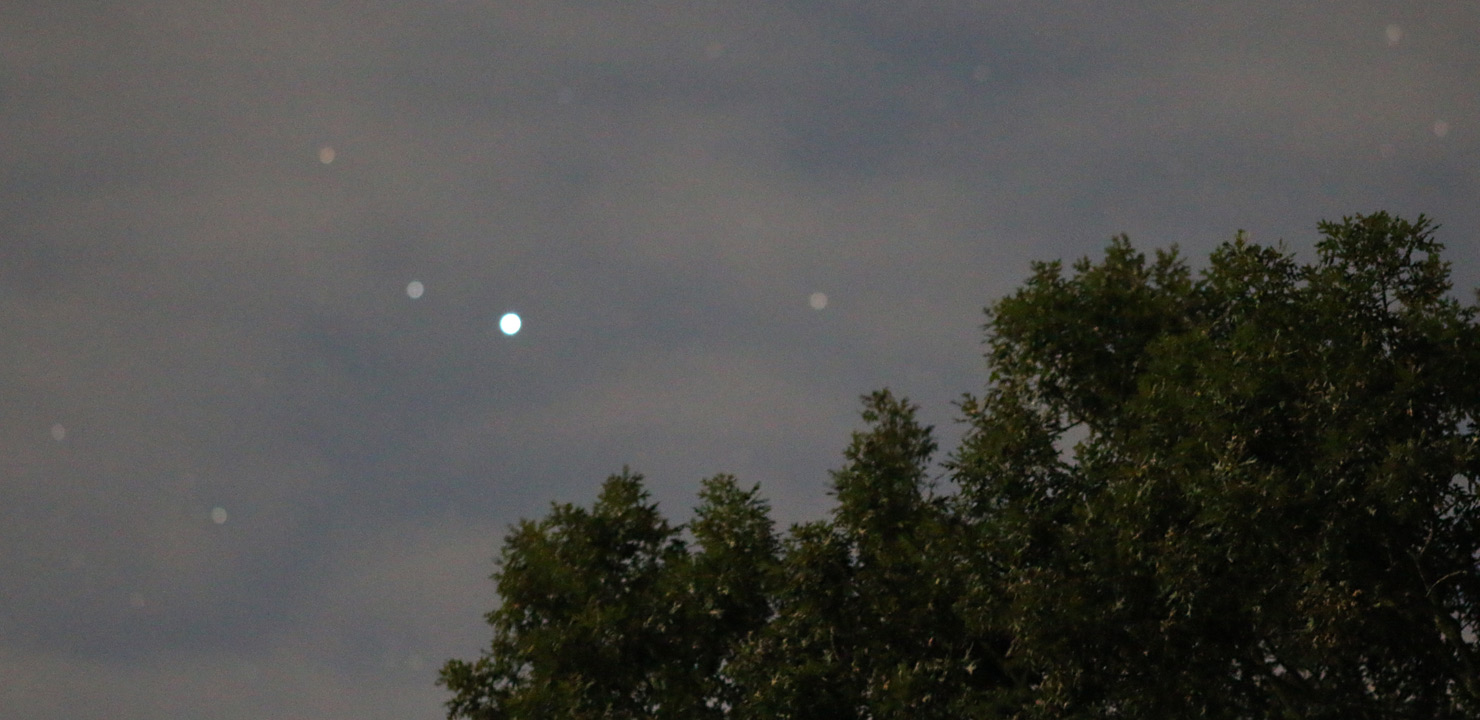
Fomalhaut
: By Francine Jackson
M31: The Great Galaxy in Andromeda
: By Francine Jackson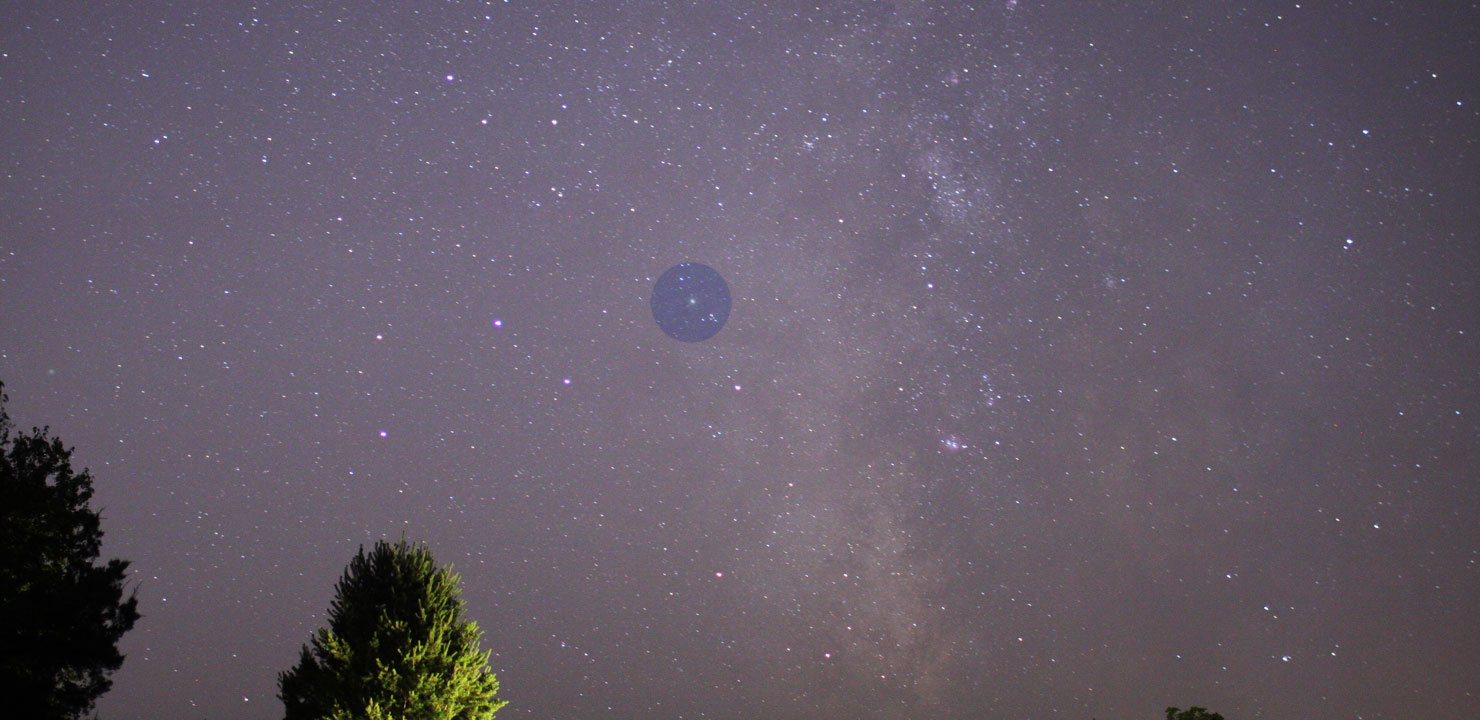
M22: Globular Cluster in Sagittarius
: By Glenn Chaple